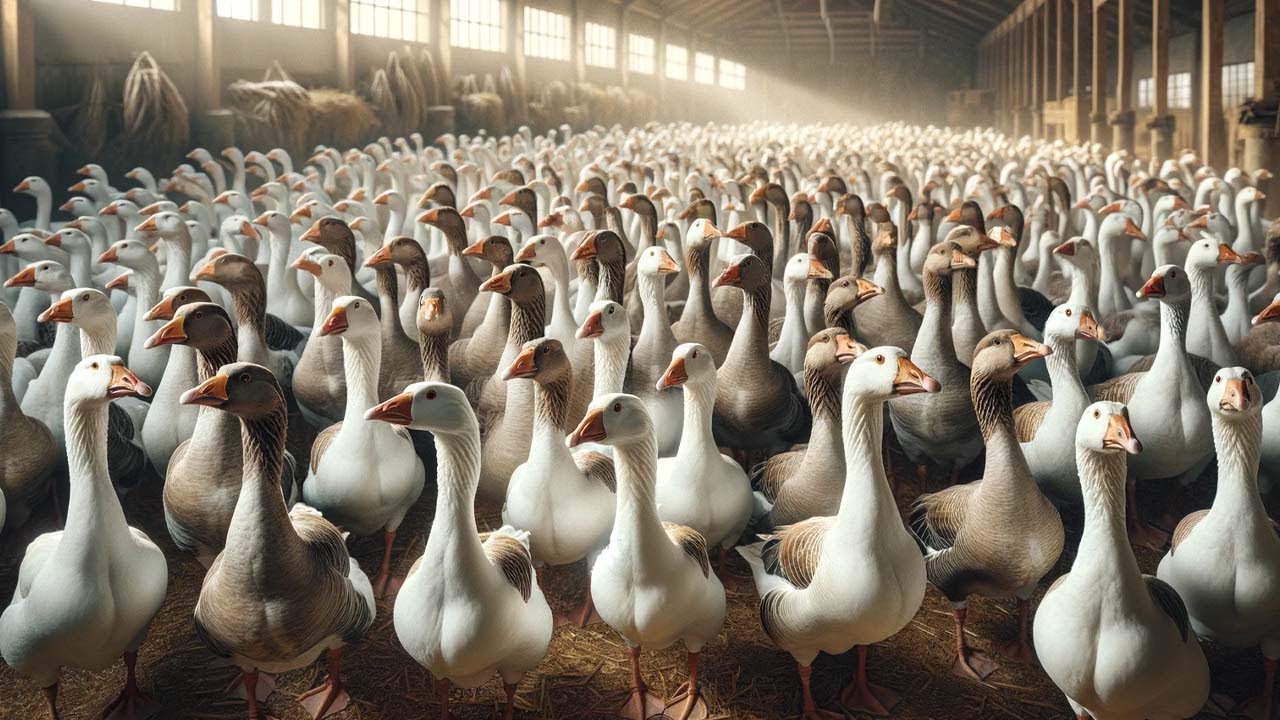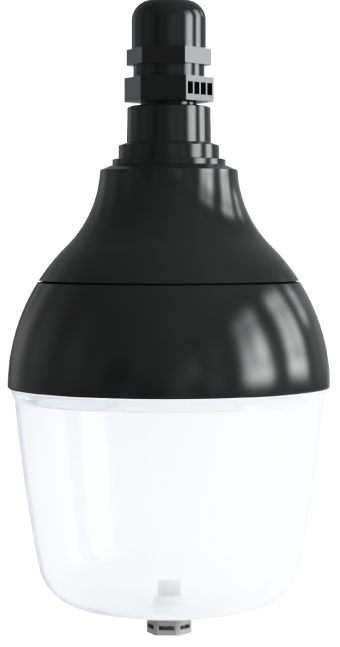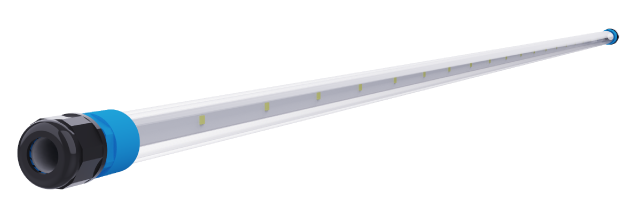Geese Shed Lighting: Effects of Light on the Growth Performance
Geese Shed Lighting: Effects of Light on the Growth Performance

Directory:
1. Effect of Various Geese Shed Lighting Conditions on the Growth
Performance
2. Effect of Various Geese Shed Lighting Conditions on the Slaughter
Performance
3. Effect of Various Geese Shed Lighting Factors on the Organ Development and
Immune Function
4. Effect of Various Geese Shed Lighting Factors on the Serum Hormones and
Biochemical Markers
5. Discussion and Implications
The goose farming industry has undergone substantial expansion in recent decades, driven by rising demand for goose products and advancements in breeding practices. However, transitioning from traditional aquatic rearing to waterless farming systems poses challenges, including stress-induced declines in disease resistance and production efficiency. Among various environmental factors influencing poultry performance, lighting conditions have emerged as a critical element due to their profound effects on growth, metabolism, and physiological health. This study explores the effects of light color and duration on geese, focusing on growth performance, slaughter traits, organ development, and serum biochemical markers.
1. Effect of Various Geese Shed Lighting Conditions on the Growth Performance
Geese exposed to green light exhibited superior weight gain compared to those under white light, particularly when combined with extended photoperiods. Longer light exposure (22 hours) consistently promoted higher body weights than shorter durations (16 hours), suggesting that extended illumination enhances growth potential. While feed intake remained statistically similar across groups, geese under prolonged light conditions tended to consume more feed, aligning with previous findings that extended photoperiods stimulate feeding behavior. Notably, green light significantly improved feed efficiency during the fattening phase, reducing the feed-to-weight ratio compared to white light. These results indicate that green light not only accelerates growth but also optimizes resource utilization, offering economic advantages for producers.
2. Effect of Various Geese Shed Lighting Conditions on the Slaughter Performance
Slaughter performance, a key indicator of meat yield and quality, was markedly influenced by light conditions. Geese reared under green light displayed higher live weights and improved muscle development, particularly in breast and leg muscles. Enhanced muscle growth under green light may be linked to increased satellite cell proliferation, a mechanism previously observed in poultry studies. These findings align with research demonstrating that specific light spectra, such as green and blue wavelengths, promote muscle fiber hypertrophy and tissue differentiation. Thus, green light appears to enhance both meat quantity and structural quality, meeting consumer preferences for premium poultry products.
3. Effect of Various Geese Shed Lighting Factors on the Organ Development and Immune Function
Organ indices, including heart, liver, and spleen weights, were not significantly affected by light color or duration. This suggests that while green light enhances growth and metabolism, it does not compromise organ health or immune function. The stability of organ indices across treatments implies that the physiological demands imposed by altered light conditions remain within tolerable thresholds, ensuring balanced development without overtaxing vital systems.
4. Effect of Various Geese Shed Lighting Factors on the Serum Hormones and Biochemical Markers
Serum analyses revealed that green light elevated growth hormone (GH) and insulin-like growth factor-1 (IGF-1) levels, both critical for muscle development and metabolic regulation. Thyroid hormones (T3 and T4), essential for growth and energy metabolism, were also higher under green light, further supporting its role in enhancing physiological performance. Additionally, green light reduced serum cholesterol levels, likely through modulation of lipid metabolism pathways. These biochemical shifts underscore the systemic impact of light spectra on nutrient partitioning and metabolic efficiency.
5. Discussion and Implications
The study highlights green light as a potent tool for optimizing goose production. By stimulating growth hormones, improving feed efficiency, and enhancing muscle development, green light addresses key challenges in waterless farming systems. Extended photoperiods further amplify these benefits, suggesting that tailored lighting regimes could revolutionize poultry management practices. Importantly, the absence of adverse effects on organ health or immune function reinforces the practicality of adopting such strategies.
These findings align with broader poultry research, where specific light spectra have been shown to influence growth trajectories and meat quality across species. However, the pronounced response of geese to green light underscores species-specific nuances, necessitating customized approaches in farming operations.
Implementing green light with extended photoperiods offers a sustainable and economically viable solution to enhance goose production. By improving growth rates, feed efficiency, and meat quality without compromising physiological health, this approach meets both market demands and environmental standards. Future research should explore long-term effects and scalability, ensuring that lighting strategies remain adaptable to evolving industry needs.
6. Related Product
6.1 Poultry Lighting Bulbs D80


_thumb.jpg)